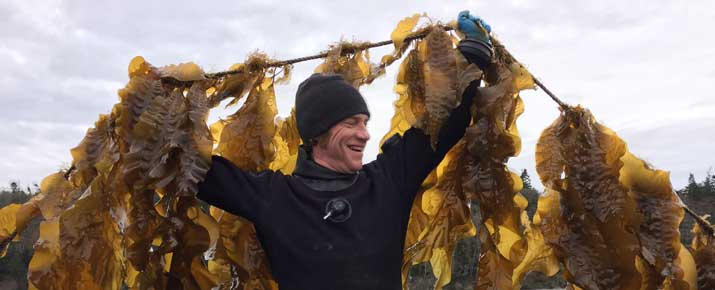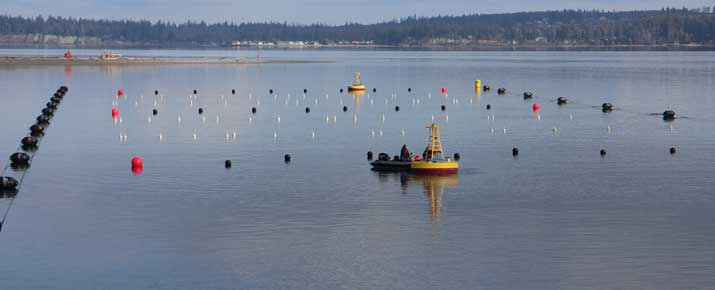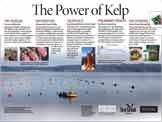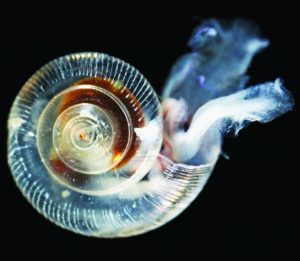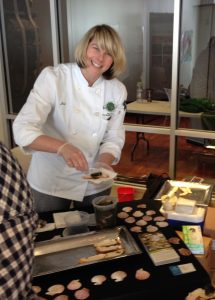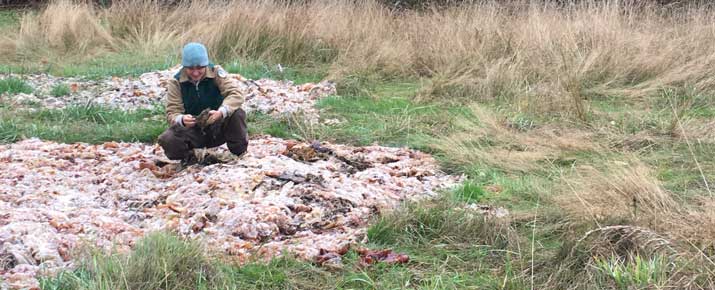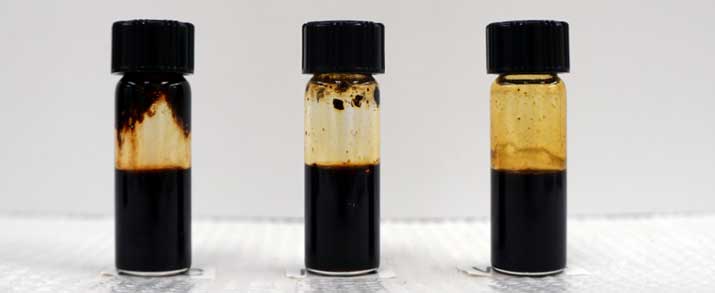Kelp Aquaculture
Interest in macroalgae aquaculture is growing. Kelp and other seaweeds can be grown for food, animal feed, organic fertilizer, biofuels and other sustainable products. In Washington State, kelp aquaculture grew out of ocean acidification (OA) research. Because macroalgae absorbs nutrients and carbon dioxide as it grows, co-cultivation of macroalgae alongside farmed marine species can help recycle waste, and may buffer vulnerable organisms from the corrosive effects of OA.
